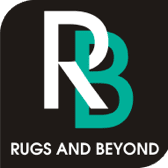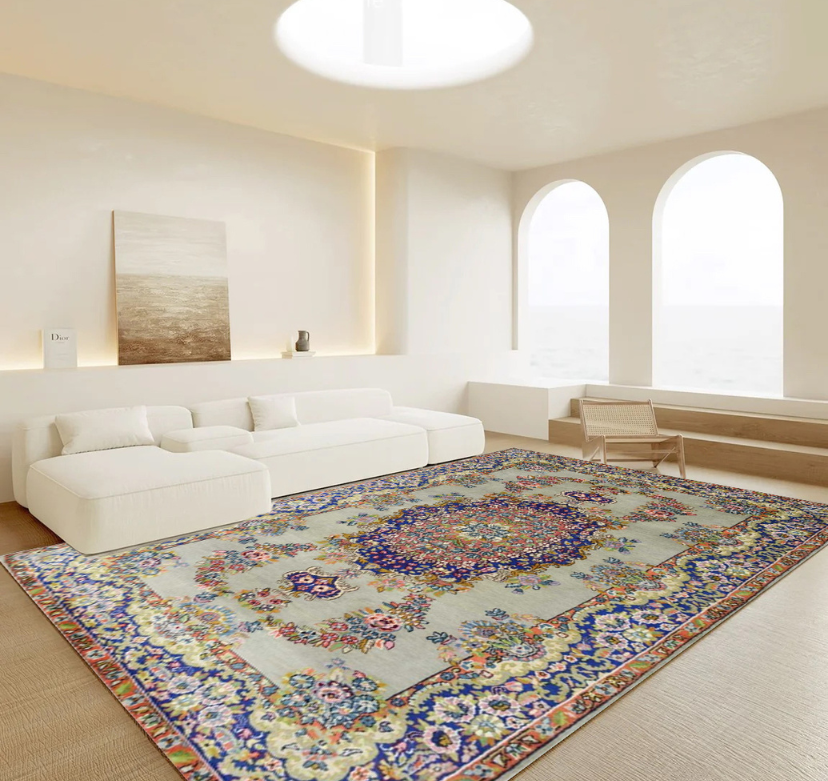The handcrafted silk carpets represent the pinnacle of artistic handwork with a luxury feel. The widespread product fakes in the market require buyers to differentiate real pure silk carpets from their inferior copycat versions. Our company Rugs and Beyond, specializes in selling pure handknotted carpets of high quality and this guide will help you detect authentic silk carpets while protecting you from dishonest sellers.
The Touch Test
Natural silk feels distinct because it presents itself as a delicate and velvety material to touch. Real silk carpets provide an exceptional delicate sensation to your touch when you stroke them with your fingers. The artificial surface finishes applied to synthetic duplicates and wool-based imitations result in unpleasant texture in contrast to authentic pure silk carpets because they are too rough or overly smooth. To determine pure silk you must touch one silk carpet directly against another material to feel their differences.
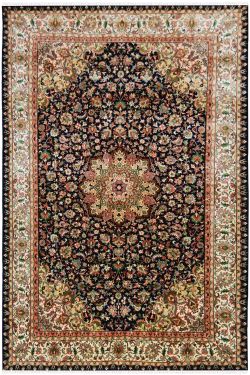
The Shine Test
A pure silk carpet shows its natural sheen which shifts under different lighting fields and viewing directions. Pure silk produces lustre which stands as one of its identifying features. A carpet with no lighting or viewing angle dependence indicates it might be made from synthetic materials or blended with synthetic fibers instead of genuine silk.
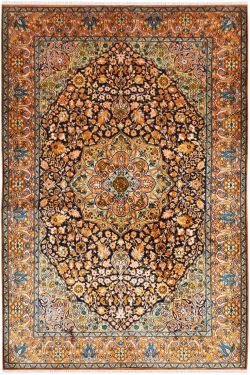
The Knot Density
One clear sign that a carpet is made from pure silk is its highly intricate weaving method. Handmade silk carpets demonstrate their authentic status through their dense knot patterns regularity which reaches or passes 400 knots for each square inch area. The rear side of the carpet needs inspection to verify authenticity. A real silk carpet displays uniform and well-spaced knots on the reverse side as evidence of skilled handwork. Machine-made and synthetic carpets show regularly repeated designs on their reverse surface.
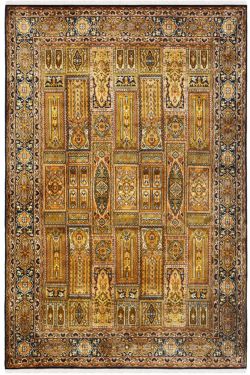
The Burn Test (With Caution)
This authenticity test works to confirm silk authenticity but should not be performed by all individuals. Test the authenticity of silk fibers by burning loose material taken from the carpet if possible. When burnt pure silk releases a hair-burning scent that produces thin ash particles as its final residue. Fibers which are synthetic in nature produce a burning plastic odor mixed with solid melted beads when burnt. For silk carpet testing seek guidance from a professional rather than attempting this procedure on your own.
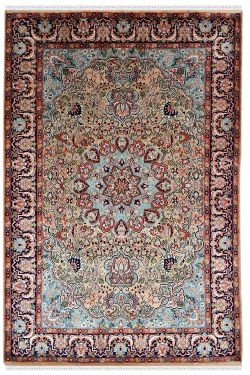
Weight and Flexibility
Pure silk carpets weigh less than both wool and synthetic mats of equivalent dimensions. The material shows excellent flexibility because it keeps its form even after being folded. The addition of synthetic materials alongside other materials in fake carpets results in a rigid heavy product structure.
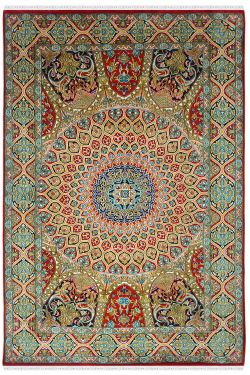
Certification and Trustworthy Sellers
Trustworthy sellers such as Rugs and Beyond must be your only source when buying silk carpet pieces. A valid seller will issue authentication documentation and fully disclose the carpet's production materials along with its origin and making process. Pure silk carpets maintain their premium status which leads to appropriate pricing so accepting suspiciously cheap deals should be avoided.
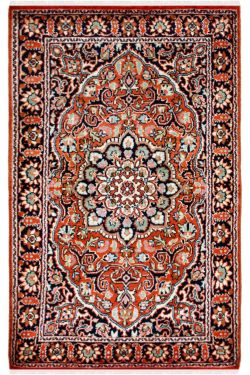
Price vs. Quality
The creation of pure silk carpets takes extensive human labor which requires months to multiple years of production time. Unusually low pricing for carpets typically signals the product is an imitated fake or possesses poor quality. To achieve genuine authenticity while acquiring products that will resist both time and elegance and endure for life requires a worthy investment.
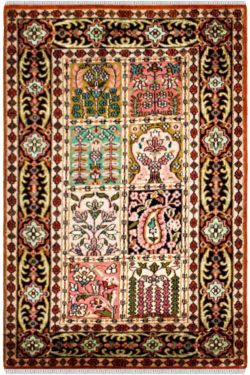
Conclusion
Buying a handcrafted pure silk rug provides consumers with an opportunity to invest in artistic heritage along with purchasing an elegant product. The proper knowledge allows you to verify genuine pieces that provide long-lasting durability throughout generations. Rugs and Beyond offers authentic pure silk carpets and guarantees on their products which provides shoppers peace of mind while ensuring they obtain a lasting masterpiece.
